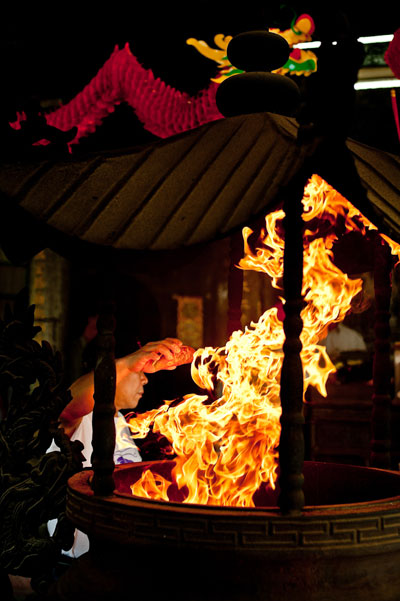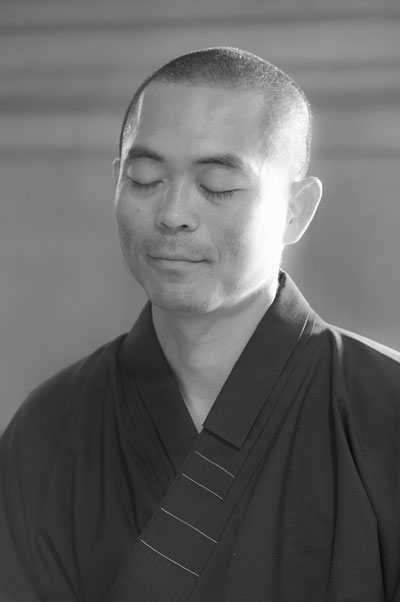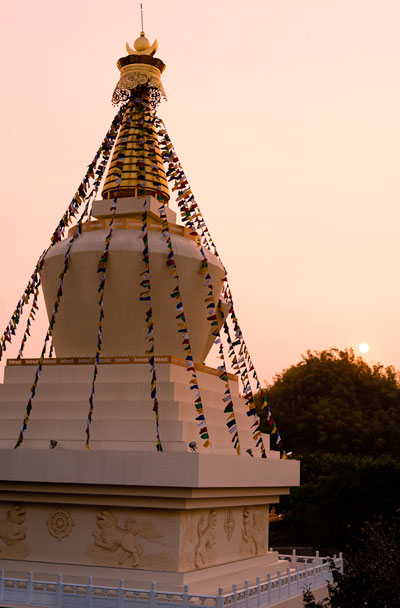Religions in Taiwan

In Taiwan, some people practice ‘pure’ Buddhism and some follow ‘pure’ Taoism. Far more, however, follow one, or both, blended with folk beliefs. For anyone who grew up in the West or the Middle East, where monotheistic faiths require exclusive loyalty, the pick-and-mix approach of many Taiwanese to religion is initially bewildering but always intriguing.
The gods and goddesses revered by most Taiwanese are Chinese in origin, although a few are entirely local. Christians are a small minority, and Muslims an even smaller one. Despite Japan’s huge impact on Taiwan in fields as varied as architecture and cuisine, very few Taiwanese follow Shinto or other Japanese creeds.
Popular Religion

The majority of Taiwan’s temples are classed as folk shrines. In a typical house of worship you’ll see several – possibly over a hundred – effigies of Taoist, Buddhist and folk deities. Some are no bigger than dolls; others are fearsome statutes twice the size of a man. Most are elaborately carved from wood, although some are clay or even solid gold. Incense is left to burn before these icons all day, every day; offerings of fruit, cookies, joss paper and tiny cups of rice wine are frequently made.
If you spend any time in a temple, you’re sure to see someone bua buay, as one particular rite is called in the Taiwanese language. This can be translated into English as ‘casting moon blocks’ or ‘throwing divination boards’. The boards or blocks are typically battered-looking crescent-shaped blocks of wood that have been painted red. These are used to ask deities questions: The worshipper frames the question in his or her mind, and then casts a pair of blocks three times. One block coming to rest flat-side up and the other flat-side down means the answer is yes; if both land rounded-side up, the god’s response is negative; both landing rounded-side down means the deity feels the question is frivolous.
Folk beliefs continue to play a high-profile role in society, especially in more traditional regions such as Tainan and Pingtung.
Taoism (Daoism) in Taiwan

It’s a collection of 81 poems which provide advice on various topics, but because the wording is so ambiguous, passages can be interpreted in many different ways. Consistent themes include urging the reader to be kind, modest and frugal; the term ‘Tao’ (also spelled Dao) is often translated as ‘the way’, but the meaning is somewhat closer to ‘the unstoppability and inevitability of nature’.
Taoist priests wear black robes and distinctive headgear; during rites they chant, crack whips and blow horns. They can be seen in action during funeral ceremonies as well as temple parades. The Jade Emperor and Guan Gong are among the gods especially revered by Taoists.
Like practitioners of folk religion and those engaged in ancestor worship, Taoists burn considerable quantities of what English-speakers call ‘joss paper’, ‘ghost money’ or ‘votive currency’. This fake paper money is usually yellow or silver. Many business owners order their workers to lug portable braziers outside and set out tables of offerings, including joss paper which is later burned, on the first and 15th day of each lunar month.
Buddhism in Taiwan

Buddhism appeared in China around 2,200 years ago. In the centuries that followed, hundreds of pious Chinese tried to reach India in order to study the religion and bring back sacred texts. Fewer than 20 are thought to have succeeded; one who did is venerated in a pair of shrines at Sun Moon Lake.
The faith was brought to Taiwan around 400 years ago by the earliest waves of Han Chinese settlers. Appropriately, what’s thought to be Taiwan’s oldest Buddhist house of worship is in Lukang, one of the most ancient towns on the island.
In the past two decades, Buddhism has been Taiwan’s fastest growing major religion, and continues to attract a significant number of young, well-educated people. Aspects of Buddhism – part-time vegetarianism and a reverence for Guanyin – have been embraced by followers of folk religion. In recent years, many Buddhist groups have emphasised environmental protection, minimising or halting entirely the burning of joss paper.
Excellent places to learn about Taiwanese Buddhism include Foguangshan in Kaohsiung and Dharma Drum Mountain near Taipei. Both attract large numbers of non-Buddhist Taiwanese visitors, as does the headquarters of Tzu Chi in Hualien City.
Christianity in Taiwan

Even though proselytising efforts began soon after the Dutch arrived in 1624 and resumed in the third quarter of the 19th century no more than one in twelve Taiwanese is Protestant or Catholic. Among indigenous people, however, the proportion of Christians is much higher, likely nine out of ten. The Presbyterian Church is the single most influential sect, having entered Taiwan in the 1860s via Qijin Island and Tamsui.
Churches are prominent in both mountain villages and major cities. The majority of Protestant places of worship resemble churches in Western countries, while many Roman Catholic chapels and cathedrals imitate classical Chinese architecture. In addition to sects introduced from the West, such as the Wesleyans, Baptists and Mormons, Taiwan has a number of homegrown Christian sects.
Other sects and religions

Just as there are non-mainstream sects linked to Buddhism, there are some unusual brands of Christianity. The True Jesus Church, which like I-Kuan Tao started in mainland China before World War II, is a pentecostal movement which doesn’t recognise either Christmas nor Halloween. The New Testament Church is far smaller and, some allege, more akin to a cult. Many of its members live in a commune-type settlement in a mountainous part of Kaohsiung, where they grow mushrooms and raise rabbits.
